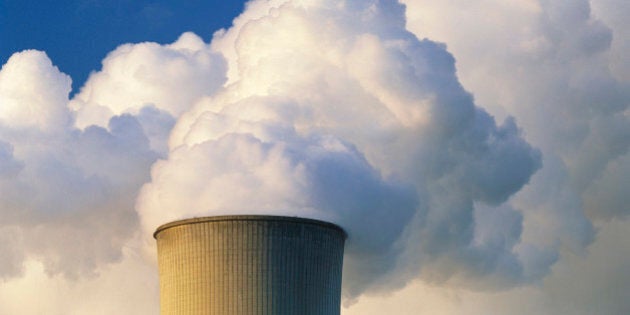
Early Monday morning came an announcement that negotiations on the Trans-Pacific Partnership (TPP) had been concluded with an agreement. While details of the agreement are still under wraps, the Canadian government has provided a Technical Summary of the Agreement and my social media feed has exploded with commentary on aspects of the deal. I am not an expert on international trade law and so can't comment on much of the deal but I can clear up a few misconceptions about the environmental side of the story.
From an environmental perspective my social media feed has been running pretty solidly on the negative side. I have been assured that the TPP is a wolf in sheep's clothing that must be rejected. My concern is this commentary is coming from the same people who have opposed every free trade agreement in the last several decades.
The thing to understand about these trade agreements is that they are not the black/white story that the activists claim they are. Rather as I will demonstrate, from an environmental perspective, trade agreements have both positive and negative aspects. They have the negative effect of slowing down the development of unilateral environmental regulations, but they have a positive effect by forcing environmental laggards to catch up with the pack.
It is quite true that trade agreements typically include considerations to prevent individual countries from developing their own distinct environmental policies. One of the important features of these trade agreements involve knocking down or eliminating non-tariff barriers (also called technical barriers to trade). The problem is that environmental regulations have historically been used by the bad actors on the international trade front to disguise simple protectionism. Like the wolf in the story Little Red Riding Hood the protectionism is dressed up to look like it is intended to enhance environmental performance but under the covers hide regulations intended to harm foreign competitors, often without improving environmental performance in the least. A recent example is the case of Korean emissions standards which did nothing to improve emission characteristics of cars on Korean roads but did a wonderful job of stopping the export of North American autos to Korea.
To further explain how these trade agreements can hurt individual action on the environmental front, imagine that Canada implemented a national carbon tax. Every pound of steel produced in Southern Ontario would be subject to that tax. This would make Ontario steel more expensive than the steel from an identical steel plant with otherwise identical cost structures elsewhere in the TPP zone. Under the National Treatment and Market Access (NTMA) chapter of the TPP, Canada would not be allowed to put a tariff on imported steel (that was not subject to the carbon tax) to address the difference in price and our steel industry would suffer. In this case the TPP would slow down the development of innovative, Canada-first policies to fight climate change.
On the other side of the ledger, under the TPP multilateral environment agreements (MEAs) are further strengthened. Enforcement of the Montreal Protocol , the International Convention for the Prevention of Pollution from Ships and the Convention on International Trade in Endangered Species of Wild Fauna and Flora will all be strengthened for exactly same reason that individual action is discouraged. In order for competition to be considered fair every country is expected to live up to its international environmental obligations. MEAs set a baseline that every member of the TPP must meet, to do otherwise results in penalties. A country trying to shirk its environmental duties would be punished and forced to improve environmental performance to group norms. Thus in this case the environment benefits from the agreement.
From these examples you can see the issue. When a single country wants to make a unilateral advance in environmental regulation, the TPP is going to slap it down, or failing that the industries in the affected country are going to become less competitive. However, when the global community agrees on a common environmental goal the foot-draggers and slow movers are punished.
Thus international trade agreements like the TPP are intended to discourage independent action while encouraging international cooperation and movement towards common international goals. To discourage foot-draggers from stopping all environmental advances, typically once an agreed upon percentage of the trade partners take a side on a MEA everyone has to jump on board or suffer the consequences. If the TPP had been in effect when Kyoto was signed Canada may not have been able to drag its heels in implementing the plan because its trade partners would have been there to force Canada to do its part or suffer the consequences of failing to act.
So are trade deals like the TPP perfect? Absolutely not, but from an environmental perspective they are far more nuanced than the anti-free trade activists would have you believe.
MORE ON HUFFPOST:
